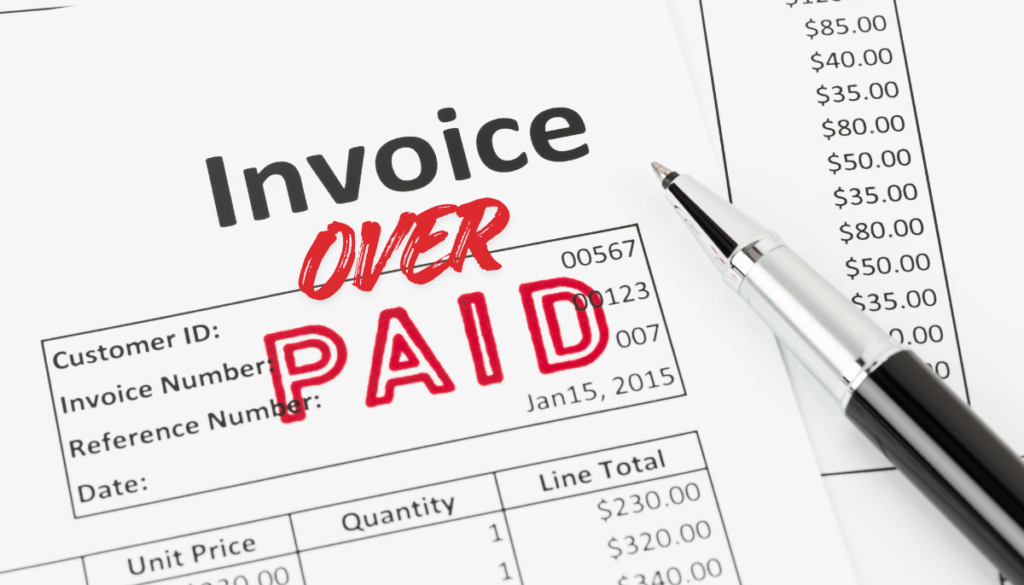Are You Paying for Cleaning You Don’t Really Need?

Many janitorial contracts are built around the assumption that every part of a building gets used the same way. The proposal might call for daily cleaning throughout the entire facility—from the lobby that sees hundreds of people each day to the back storage room that’s opened only occasionally.
But in reality, building traffic is far from uniform. Some areas see constant use, while others sit mostly untouched. When cleaning schedules don’t reflect those differences, the result is predictable: wasted labor, unnecessary cost, and uneven quality.
The Problem with “One-Size-Fits-All” Cleaning
A generic cleaning plan may look simple on paper, but it often leads to inefficiency in practice. Low-use areas—like unused conference rooms, vacant offices, or supply closets—are sometimes cleaned every day whether they need it or not.
Meanwhile, high-use zones such as restrooms, cafeterias, and front entrances might not get the detailed attention they truly require. When every square foot is treated equally, your budget ends up supporting tasks that add little value instead of focusing on the spaces that shape people’s impressions of your facility.
Why This Impacts Your Budget
Labor represents the largest portion of any janitorial expense. Every hour assigned to a low-priority area is an hour that could have been better spent elsewhere—or eliminated entirely. Over time, those unnecessary hours inflate your monthly cost without improving cleanliness where it counts.
There’s also an opportunity cost. When staff spend time maintaining spaces that rarely get used, busy areas may not receive the attention they need. That imbalance often shows up as more complaints and lower satisfaction from building occupants.
Smarter Cleaning Through Right-Sizing
A well-managed cleaning program focuses on where the work matters most. The top janitorial providers build service schedules around actual usage patterns. They evaluate how different spaces are used and adjust labor hours accordingly:
- High-traffic areas (lobbies, restrooms, cafeterias): cleaned daily, sometimes multiple times per day.
- Moderate-traffic areas (classrooms, corridors, shared offices): cleaned daily with selected tasks rotated.
- Low-traffic areas (storage rooms, vacant spaces, seldom-used meeting rooms): cleaned less frequently, with periodic deep cleans as needed.
This approach isn’t about reducing quality—it’s about eliminating waste and reallocating resources for maximum impact. Routine inspections, occupancy data, and user feedback all help keep the plan aligned with real conditions.
The Results Speak for Themselves
Facilities that adopt a usage-based cleaning plan often see lower costs, cleaner high-traffic areas, and fewer complaints overall. Tenants and employees notice the improvement, and facility managers can feel confident that their budget is being used wisely.
Final Thought
If your current cleaning program treats every space the same, there’s a strong chance you’re over-cleaning and over-paying. The right janitorial partner will study your building’s usage, rebalance the schedule, and design a plan that fits your facility—not a template.
Because truly effective cleaning isn’t about doing more—it’s about focusing on what matters most.
